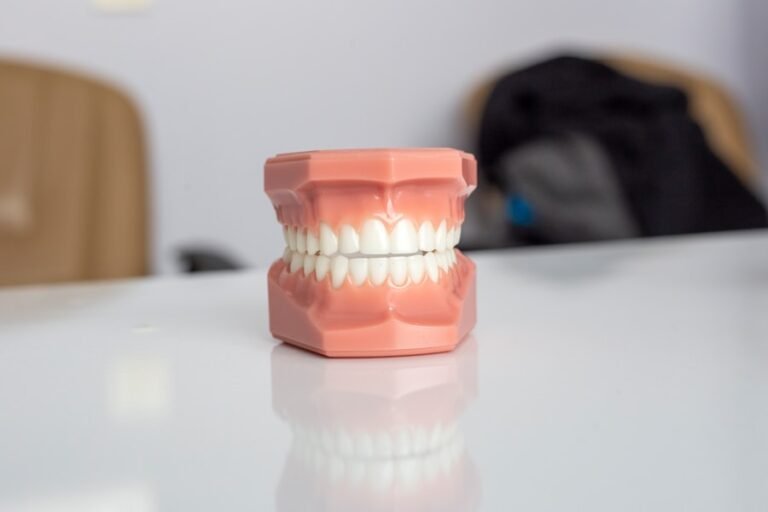Top 6 Types of Alternative Medicine
There are various forms of alternative medicine available today. These include herbal medicine, homeopathy, acupuncture, and integrative medicine. Each of these has its benefits. For example, acupuncture can help ease pain and relax a patient. It can also work as a form of preventative medicine.
Herbal medicine
Herbal medicine is a type of alternative medicine using plants to treat a wide range of diseases and ailments. It is a broad and loosely defined term, but can have a number of benefits and risks.Unlike pharmaceutical drugs, herbal medicines are not regulated by the Food and Drug Administration (FDA). Some herbal preparations may contain ingredients that are not tested for safety, while others may be dangerous. They also may not be manufactured to the same quality standards as regulated medicines.As a result, some herbal products can cause confusion among consumers. A product may be advertised as a “cure” when in reality it is just a placebo. However, advances in clinical research have been credited with improving the value of herbal medicine.Before using any herbal product, talk to a health care professional. Some supplements are formulated with components that interact with enzymes in the body, and they may increase the risk of negative side effects.Many herbs are considered to be safe when used at moderate doses. However, they may interact with prescription medicines or have a harmful effect when taken at high doses.An herbal supplement is a dietary supplement made from purified plant material. It may be a single plant or a combination of several plants. The active ingredient is usually dissolved in a liquid and then sold as a tincture, a capsule, or a tablet.
Acupuncture as alternative medicine
Acupuncture is an alternative medicine that is becoming more popular in the United States and elsewhere. It is a Chinese medical system that promotes healing through acupuncture, which is a method of stimulating the natural flow of chi or life energy through the body.Acupuncture is used to treat many conditions, but it has particular significance when it comes to pain. Besides relieving pain, it can also improve the overall health of the patient. The benefits include enhanced circulation, improved heart function and reduced blood pressure.The process of acupuncture involves using thin needles to stimulate points on the body. This can help relieve pain, improve sleep, increase circulation and relieve nausea.Some people choose acupuncture to reduce the need for prescription drugs. Using acupressure, heat and electrical stimulation, acupuncture can be used to treat a variety of conditions.There are a lot of people living with chronic pain. Chronic pain can be debilitating, causing difficulties with sleeping and daily activities.Medications like painkillers can be addictive, causing serious side effects. Acupuncture is an effective pain relief method, but a word of caution. Don’t use acupuncture without consulting your doctor first.Another important aspect of acupuncture is that it is non-invasive and can be used to treat a variety of ailments. For example, acupuncture can be used to treat dental problems, migraines, and even morning sickness during pregnancy.As an alternative, you can choose a holistic approach and combine acupuncture with other treatments to provide the best possible outcome. You can also consider cupping therapy, which is a method of creating local suction to promote the body’s natural ability to heal.
Homeopathy alternative medicine
Homeopathy is an alternative medicine that uses natural substances to help heal the body. It is based on the principle of ‘like cures like’.Homeopathic products are derived from plants, minerals, or animals. They are often in the form of liquid solutions, creams, pills, or pellets.Homeopathic remedies are used to treat both acute and chronic problems. They can also be prescribed by doctors. Some people use homeopathy for things such as respiratory diseases, musculoskeletal pain, and colds.Homeopathic treatment is personalized to each patient. It is a gentle approach to health. However, it is important to seek medical advice if you have a serious health condition.In the US, homeopathic remedies are not regulated by the FDA. The FDA does not test them for safety, purity, or accuracy.Homeopathy is a very popular way to treat many health conditions. One study found that over one-third of US adults have used homeopathy. Another report suggests that a large number of adults use it for musculoskeletal pain and colds.A recent report questions the validity of research done on homeopathy. Researchers at the National Health and Medical Research Council reviewed the results of 176 trials. Their assessment of the evidence indicated that there was no evidence that homeopathy was more effective than placebo.This means that no medicine can truly heal everything. And it also indicates that the industrial medical system is not serving its patients.
Therapeutic touch
Therapeutic Touch is a healing modality that focuses on the natural healing potential of the human body. It is based on the belief that human beings are energy fields, and that an imbalance in their fields can lead to illness.Therapeutic Touch is practiced in hospitals and colleges throughout the world. The benefits of touch therapy include reducing stress and anxiety, improving sleep, and enhancing physical and emotional wellbeing.It is also used to manage pain. People may use therapeutic touch to deal with insomnia, muscle tension, and mild pain.While there are no known safety risks, there is no definitive scientific proof that this type of bodywork can cure any disease. However, the National Institutes of Health has funded some research into therapeutic touch.Researchers have found that Therapeutic Touch can help people heal faster from fractures, sprains, and other injuries. This is because the practice re-patterns the body’s energy field.A practitioner of Therapeutic Touch uses his or her hands as sensors to sense the energy field of the person receiving the treatment. The therapist then moves his or her hands to unblock congested energy, and restores a healthy balance.The therapeutic touch process generally involves three steps. First, the therapist will sit and talk with the client. They will discuss their goals for the healing process, and then they will ask for feedback. During this process, the therapist will use sweeping hand motions above the skin surface.
Spinal manipulation
Spinal manipulation is a form of alternative medicine that is aimed at relieving pressure and pain from the spine and joints of the body. It is usually performed by a licensed health professional and is considered safe. However, side effects of spinal manipulation may include back and neck pain, headache, and tiredness.Although spinal manipulation is a common treatment for low back pain, there are no conclusive studies proving its long-term effectiveness. The National Institute for Health and Care Excellence (NICE) suggests that chiropractic care may be a helpful component of a comprehensive treatment package for non-specific chest pain.Chiropractic has a history of being used for treatment of a variety of disorders, but has recently gained legitimacy as a primary healthcare approach. Chiropractic is a type of manual therapy that uses hands-on techniques to relieve pressure on the spine and joints.In addition to the spinal adjustment, chiropractors may use electric stimulation, ultrasound, heat therapy, traction, and massage. Some practitioners will combine several techniques to provide maximum relief for their patients.In the United States, more than ten million people visit a chiropractor annually. Chiropractors are the most commonly seen alternative practitioner, outpacing primary care physicians.Chiropractic has a long history of use in both Western and Asian medicine. The earliest writings from Greece indicate that manipulative techniques were used. Hippocrates described some of the techniques, and other writings from China in the 2700s mention manipulative treatments.
Integrative medicine
Integrative medicine is a combination of conventional medical practices and complementary therapies. It’s a form of care that uses the body’s innate healing power to improve the health of the patient.Integrative medicine is practiced by a variety of professionals, including nurse practitioners, physician assistants, and DOs. These individuals consider several factors in the health of a patient, including emotional, physical, and spiritual aspects.One of the most important features of integrative medicine is that it’s patient-centered. The practitioner will discuss your diagnosis, lifestyle, and preferences before suggesting a spectrum of treatments.The benefits of integrative medicine include enhancing quality of life and preventing illness. In addition, it can reduce the need for prescription opioids.Some of the common conditions that are treated by integrative medicine are chronic pain, diabetes, autoimmune disorders, and depression. Many people seek out this alternative therapy in order to improve their health.Acupuncture is one of the many complementary therapies included in an integrative health plan. This therapy has a long history of scientific research behind it.In addition, acupuncture is becoming more popular among conventional physicians. Many hospitals have practitioners within their system.Many medical schools offer electives in nontraditional therapies. Medical students can study at the University of California, San Francisco’s American College of Traditional Chinese Medicine.Other schools teach integrative medicine in a way that emphasizes the integration of conventional and complementary therapies. However, not all doctors are participating in the practice.







